Top 10 Questions You Won't Believe That Science Answered
Though it's not always the case, the goal of scientific study is typically to solve a significant problem. A significant amount of study is being done only ... read more...because the researchers didn't have anything else to do that day. Taxpayer funds are also used to fund a large number of these elaborate but pointless studies, or at least funds that could have been used for other, more useful projects.
-
People all have their own opinions on whether Skrillex's music falls under the category of what most people refer to as "sick" music, but if a Malaysian study is to be believed, it can at least help us fend off some mosquitoes. It was really published in 2019 and is based on the idea that noises or other sorts of frequencies could be utilized to stop the spread of diseases carried by mosquitoes. However, for whatever reason, the study's focus was just on one of his songs.
When mosquitoes were mating, they played Skrillex's "Scary Monsters and Nice Sprites" and observed the results. It turns out that the song has a considerable impact on their mating behaviors and could even be deliberately employed to manage mosquito numbers in a certain location. However, scientists didn't go into detail about why this occurs or what lyrics the mosquitoes found offensive. We wonder if they were even serious about the idea as they make no more attempts to try it with different music or artists.
Skrillex channel on Youtube 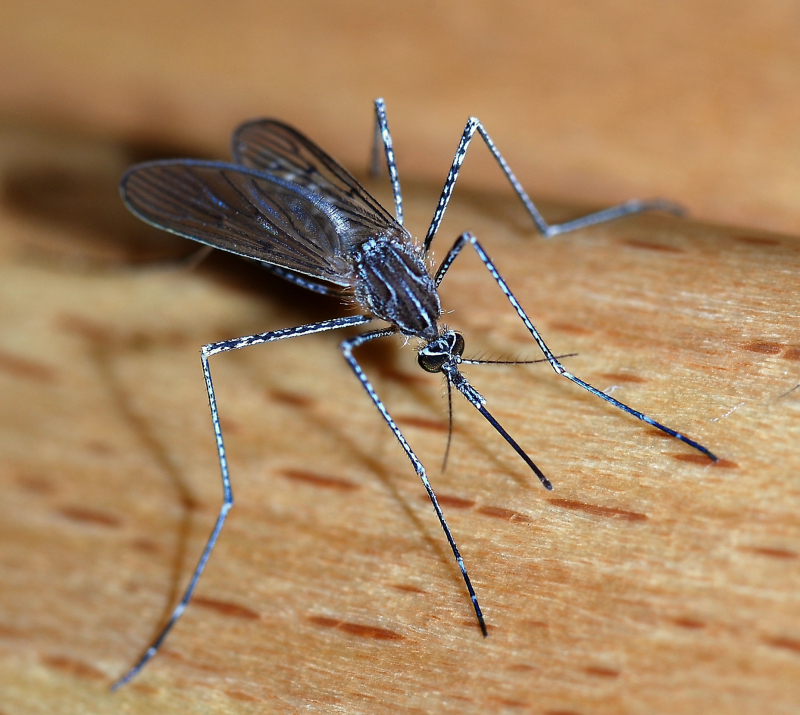
http://joyerickson.wordpress.com/ -
Does Spider-Man have a chance of existing in the real world? Time it's hardly the kind of question science should be answering, both Spider-Man fans and experimental military scientists have been curious about the answer for a while. Since Spiderman is a made-up character, movies and comic books are intended to be fanciful, inaccurate representations of reality. It's what makes them enjoyable.
However, other scholars weren't persuaded by that and set out to answer the question definitively in the most sophisticated way they knew how—by creating a lengthy paper with intricate equations. They ultimately discovered that even if we were bitten by a radioactive spider and it did grant us spider-like abilities, they would be useless. We would need to convert around 40% of our entire body, or 80% of our entire front section, into sticky pads in order to be able to climb walls like spiders and other similar insects.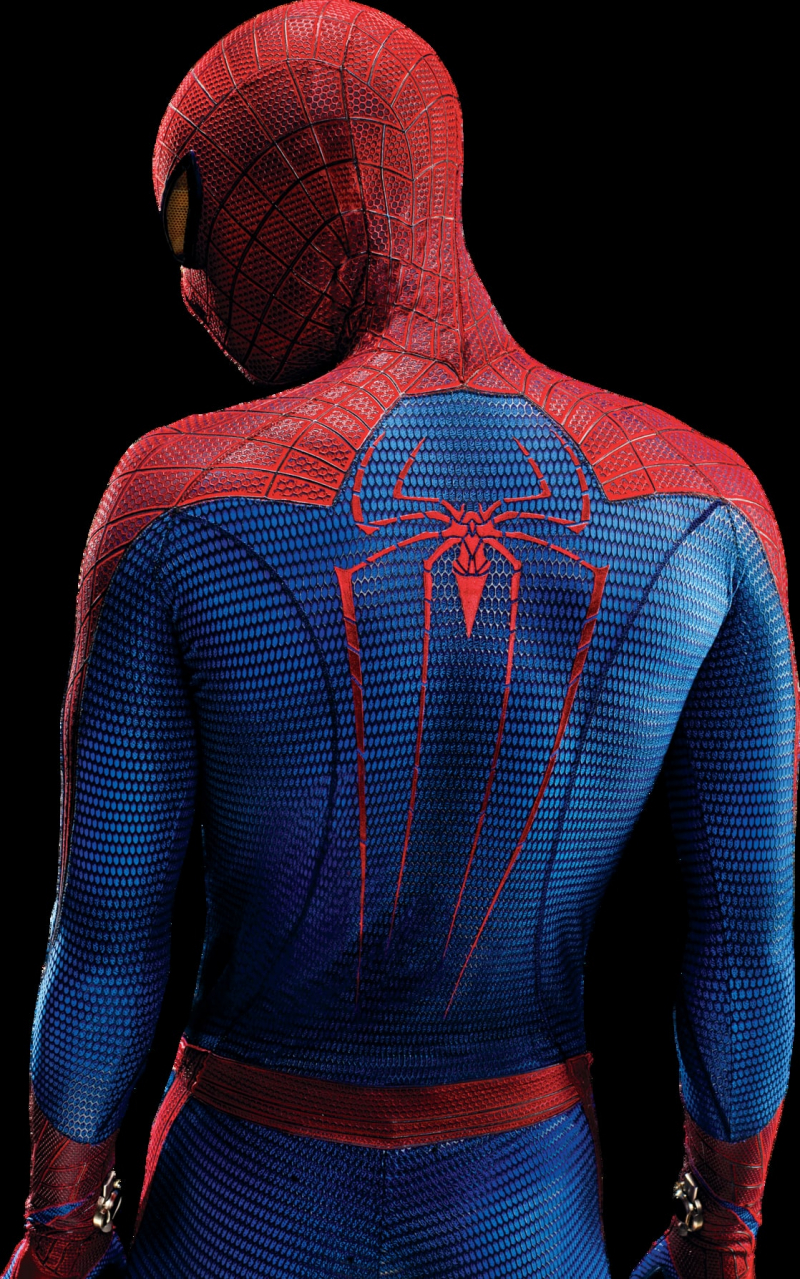
https://www.listal.com 
https://wallsdesk.com/ -
Although most people don't think that spilling your coffee while walking is a problem that needs to be thoroughly researched, it happens frequently. Really, all it is coffee. But as you would guess from the list's overall theme, that wasn't nearly enough for the scientists.
Jiwon Han, a researcher from South Korea, conducted a thorough investigation into the many characteristics of coffee and other comparable drinks to determine how they spill when a person is walking. Even if it is still entirely superfluous, it is arguably the most amazing work on the cutting-edge concepts of fluid dynamics and walking.
According to the study, walking backwards "significantly changes the frequency characteristics of our hand motion" and is the best way to prevent coffee spills. That, or holding your cup in an odd, claw-like posture, yet, if at all possible, going backwards is still the better choice.
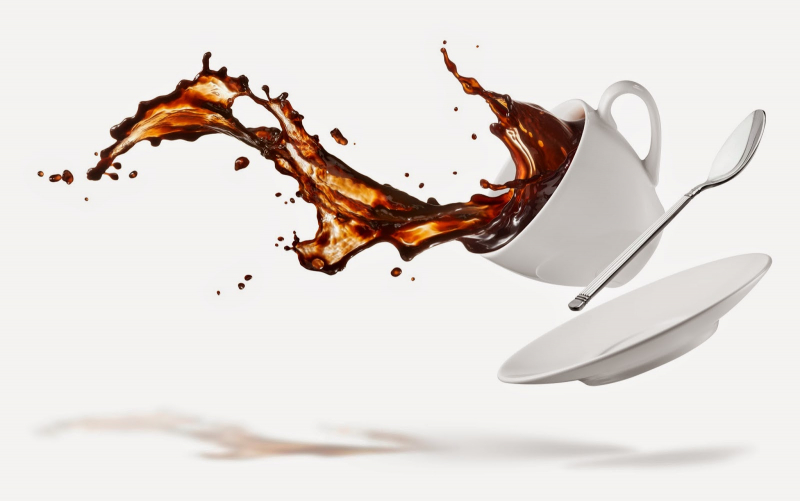
http://macithelp.blogspot.com/ 
https://coed.com -
Penguins are obviously fascinating animals, but some Japanese scientists have gone too far with their research. Even though most of us didn't even know if this was an unsolved scientific riddle in the first place, their publication, Projectile Trajectory of Penguin's Faeces and Rectal Pressure Revisited, is unquestionably the most in-depth academic work on the physics of penguin poop.
Since we don't understand most of the specifics, we won't dive into them. The study examines the trajectory of all types of penguin excrement using complex calculations and advanced physics, and judging from the paper's polished appearance, it may even be correct. According to the study at least, keeping 1.34 meters away from a pooping penguin is the safest distance to maintain (or about 4.4 ft). Although again, there was no need for such a study in the first place because penguins peeing on people is not a common issue, the information is helpful.

https://jooinn.com 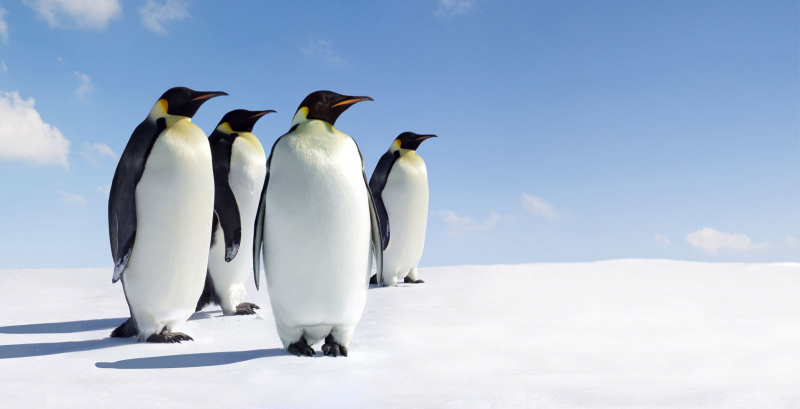
https://www.whats-your-sign.com/ -
One of the most widespread livestock species worldwide is the chicken, however there is still a lot we don't know about the little birds. Do they, for example, judge the attractiveness of human faces using the same standard that we do? Some would argue that the topic is wholly unimportant and that any time spent trying to find an answer would be better spent on more useful scientific endeavors. However, other, more inquisitive minds would desire to learn more about the subject just for the sake of it.
Three scholars from Stockholm University conducted an extensive study on the subject since they firmly believed in it. They trained hens to look at female faces (and cocks to gaze at male ones), then they recorded the hens' reactions. Fascinatingly, the birds overwhelmingly preferred the more appealing faces to the others, at least for them.
However, the study does discover some parallels between how people and chickens view attractiveness, so we can't conclude that it was completely useless. It implies that rather than being determined by extrinsic elements like face symmetry, our perception of attractiveness is determined by innate responses in our neural system. It would be a fascinating argument to make, but only if it weren't based on a study that involved only a handful of chickens and, perhaps, 14 people.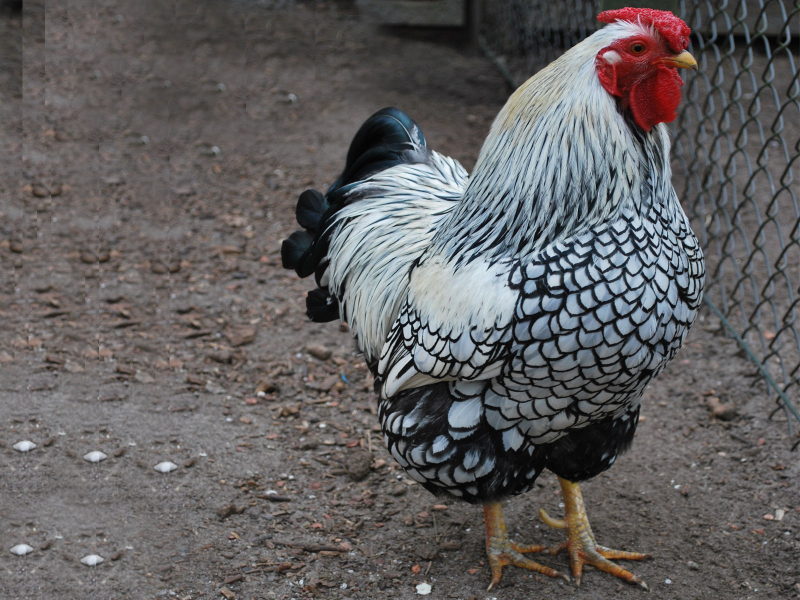
https://animalnamesandpictures.blogspot.com/ 
https://www.huffingtonpost.com -
Who actually qualifies as "cool"? One could claim that it is arbitrary and depends on the observer. Based on things like where you grew up, your present social environment, whether you can play the guitar incredibly quickly, and other things, what you consider to be "cool" could be quite different for someone else. The majority of people would stop there, but two researchers from New York, Ian Hansen and Ilan Dar-Nimrod, decided to continue their investigation.
Students from several colleges came up with phrases they thought described coolness for the study, which required ranking their peers according to those characteristics. None of the findings are particularly shocking; they were reported in a publication titled Coolness: An Empirical Investigation in the appropriately called Journal of Individual Differences. It was discovered that characteristics like attractiveness, sociability, friendliness, and intelligence are strongly linked to how cool we perceive cool people to be.

http://getwallpapers.com/ 
http://free4allz.ucoz.com -
We've all heard the idiom "like comparing apples and oranges," which is typically used to compare incomparable objects. We don't know how long this phrase has been used, but most people would probably agree that it is a fair and neutral comparison given how different apples and oranges are in terms of flavor, color, texture, and other factors.
But one James E. Barone, a surgeon at the University of New England, felt that it was all insufficient. He conducted study and prepared a comprehensive thesis on the subject, coming to the conclusion that apples and oranges are actually pretty similar to one another after spending hours meticulously analyzing features like sweetness, weight, form, etc. of several types of oranges and apples.

https://www.sporcle.com 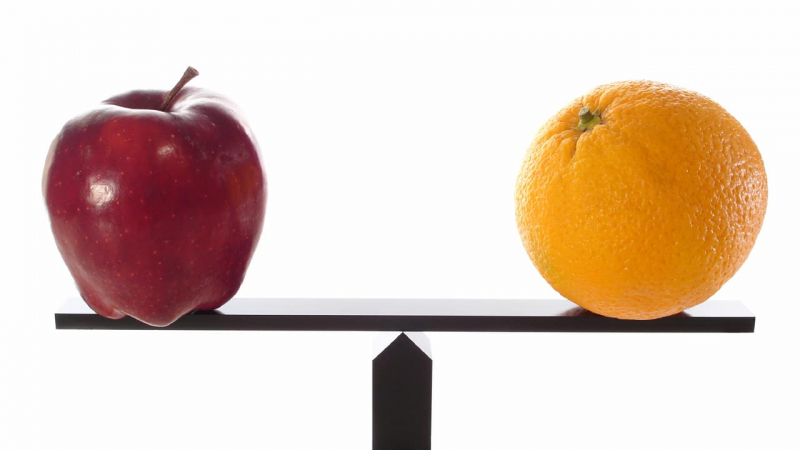
http://www.cbc.ca/ -
If you've ever been in or around a bar fight, you know that the combatants' primarily available real weapons are beer bottles. Although we wouldn't go so far as to conduct a full-fledged research on the subject, it is always a good idea to be aware of how to defend yourself against them and employ them in case things get ugly for you.
But a group of experts at the University of Bern objected vehemently and chose to approach the situation scientifically. They set out to investigate if it is preferable to crack open a person's head with an empty full bottle as opposed to a full one, using mathematics and formulae that just don't seem essential, whatever they could mean.
After thorough investigation, they found that, compared to a full bottle, which releases 40 J of energy when smashed on a skull-like surface, an empty bottle only releases roughly 30 J, which is a startling but still entirely needless discovery.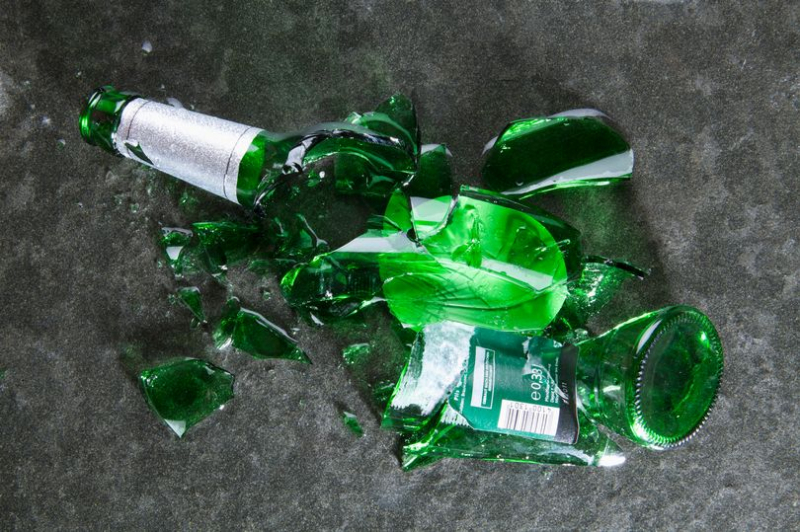
https://www.leicestermercury.co.uk/ 
https://www.houstonchronicle.com/ -
We all occasionally detect a small amount of fluff in our belly buttons, which is typically a harmless accumulation of loose clothing fibers, dirt, and body hair. This has never really been a mystery, but no one really knows what's in there because there hasn't been enough thorough research on the subject since most scientists don't typically bother.
However, navel flint marked the utmost edge of human understanding to Georg Steinhauser, a researcher at the Vienna University of Technology. Steinhauser gathered 503 bits of fluff from his belly button over the course of four years and studied its true makeup. He also solicited feedback from a number of his friends regarding their own fluff, which undoubtedly led to some awkward bar conversations. The majority of the study's conclusions were predictable. Since the majority of the fluff is made up of loose clothing fibers, shaving your stomach area can help you accumulate less of it.

https://www.thelist.com/ 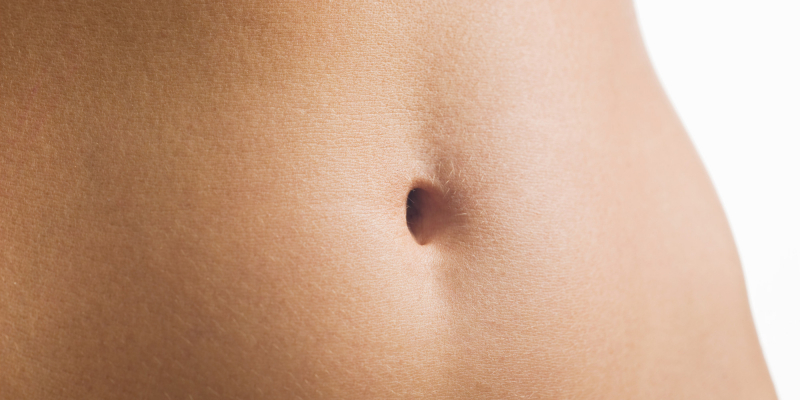
https://www.shemazing.net -
The most thorough scientific study on wet underwear research to date was published in the journal Ergonomics in 1994 under the title Impact of Wet Underwear on Thermoregulatory Responses and Thermal Comfort in the Cold. It wasn't inherently pointless because the study made an honest effort to examine the scientific basis for how people's comfort and general well-being are impacted by wet underpants.
However, the majority of its conclusions did not go beyond the apparent. Eight volunteers were made to wear various types of wet underwear and wait in a room for intervals of 60 minutes before being quizzed on a range of topics regarding their feelings. Wet underwear feels uncomfortable in the cold, as everyone has long known. The researchers came to the conclusion that wet underwear does, in fact, have a "significant cooling effect" on "thermoregulatory responses and thermal comfort."

https://www.rightstepseducation.com/ 
https://www.packmoreintolife.com/































